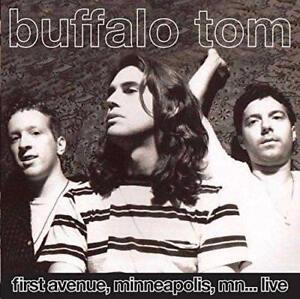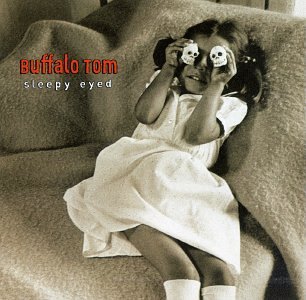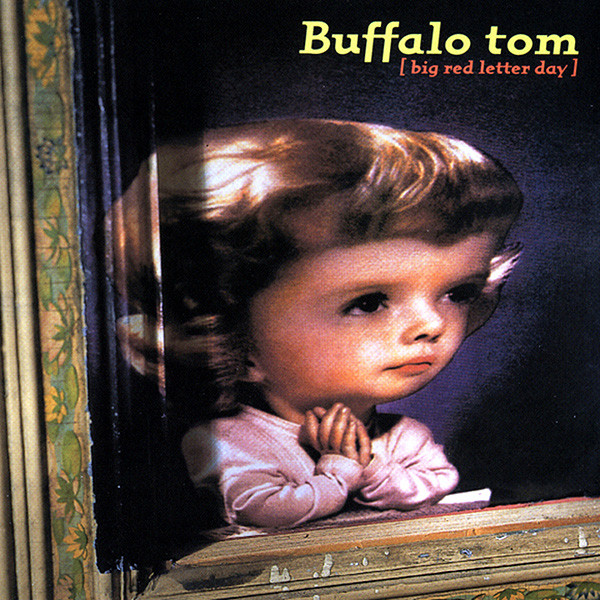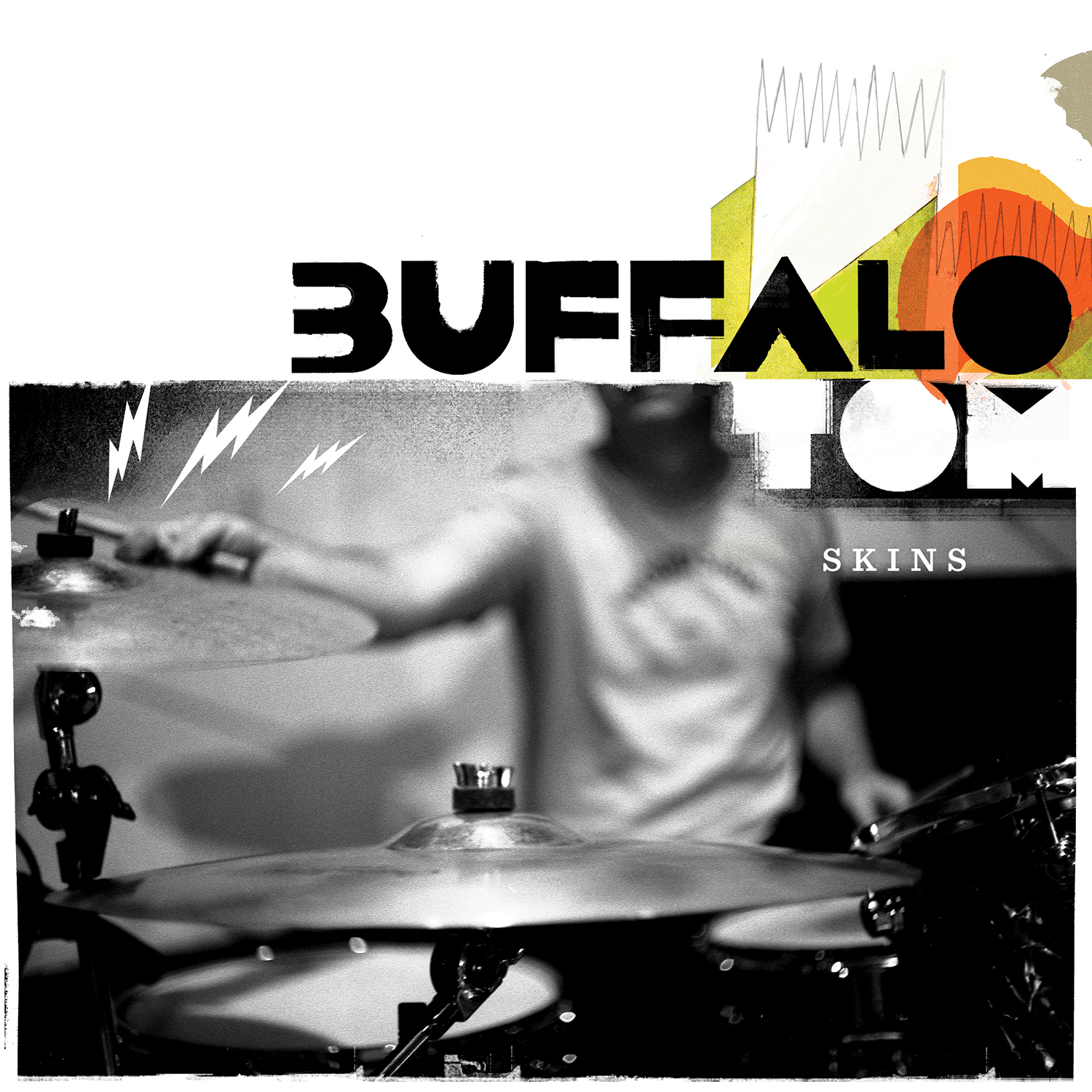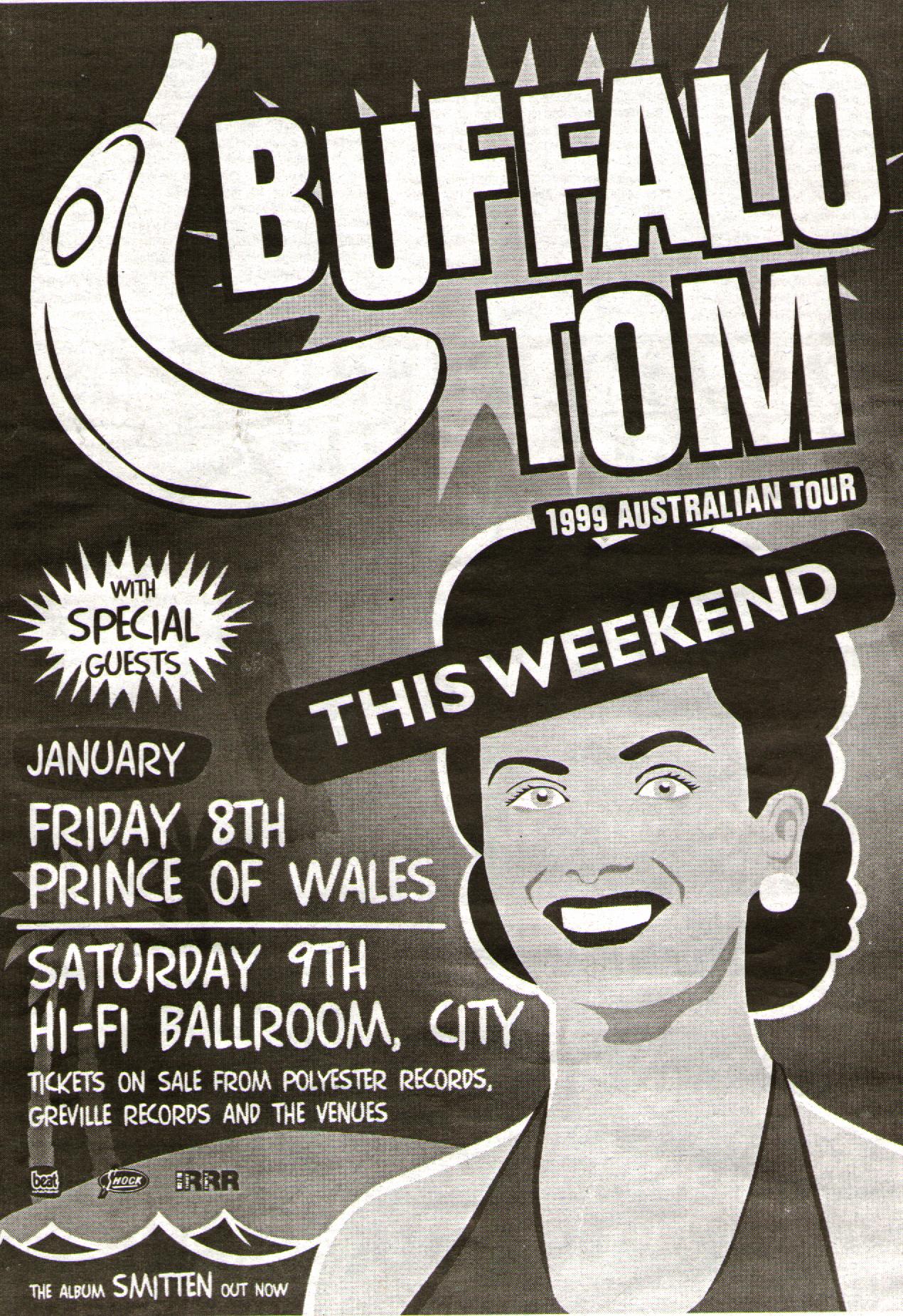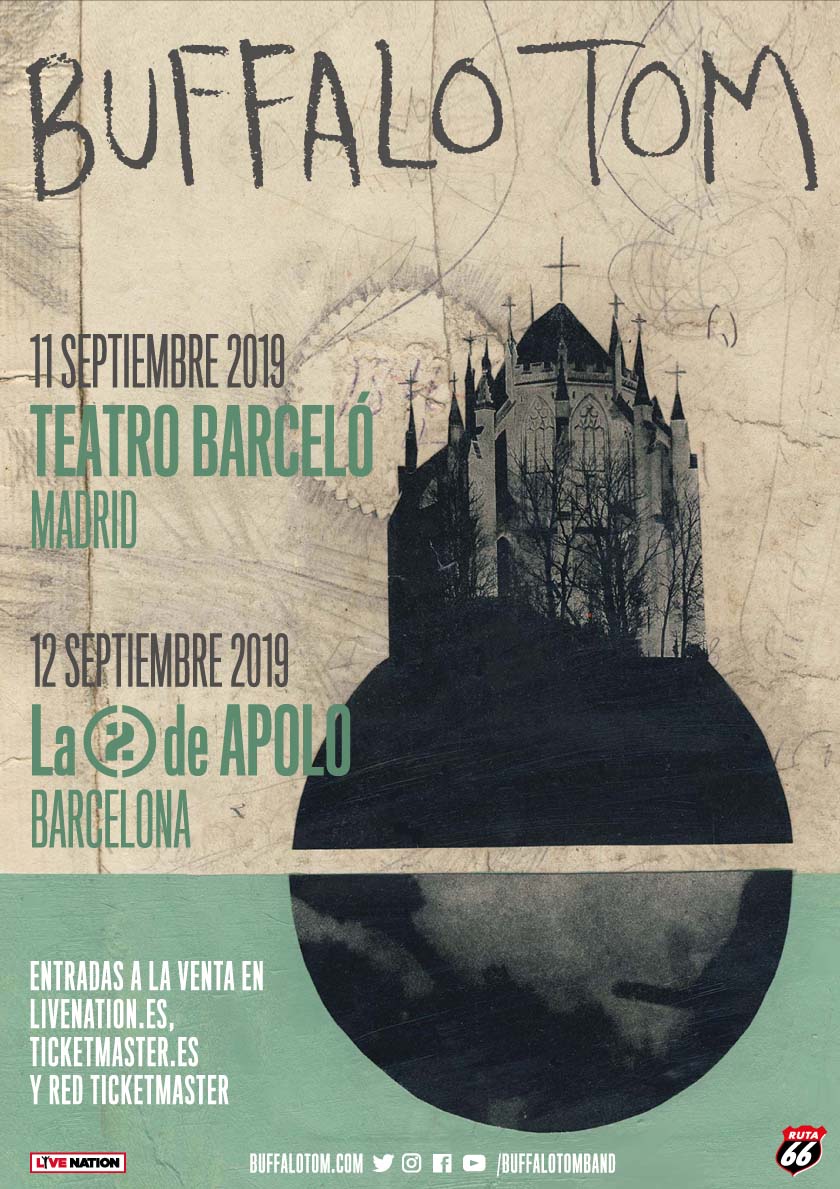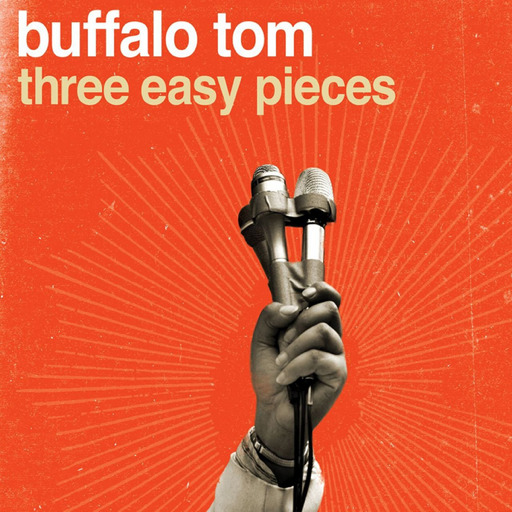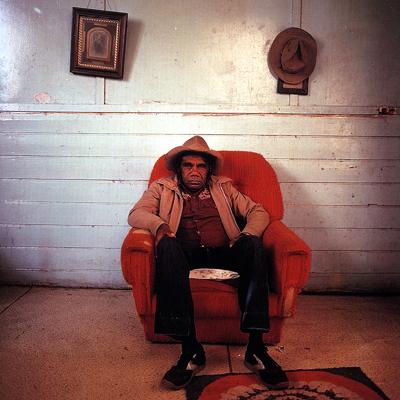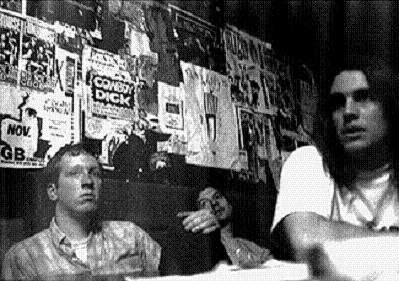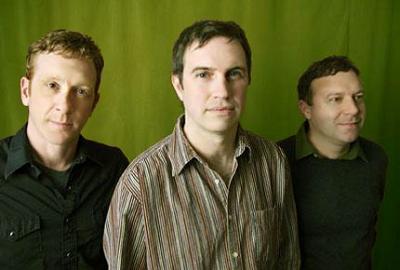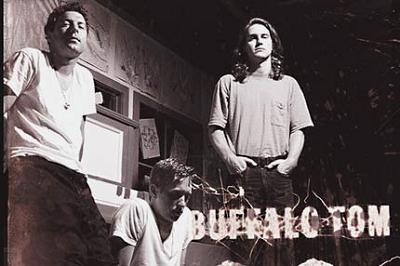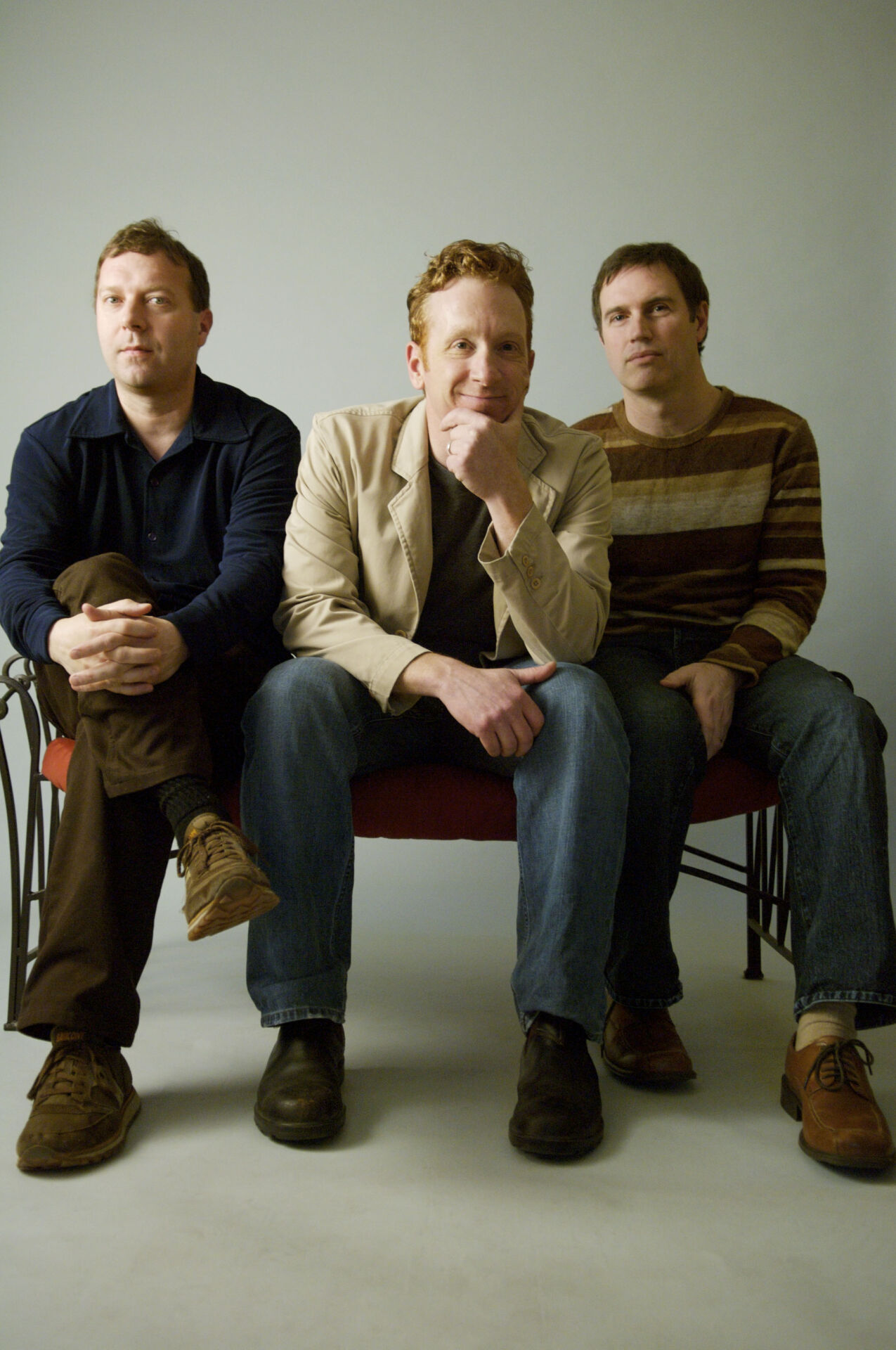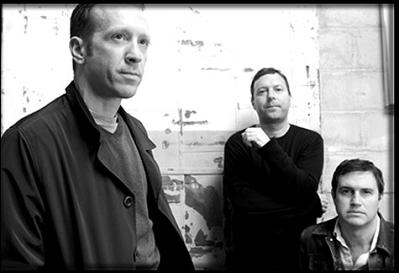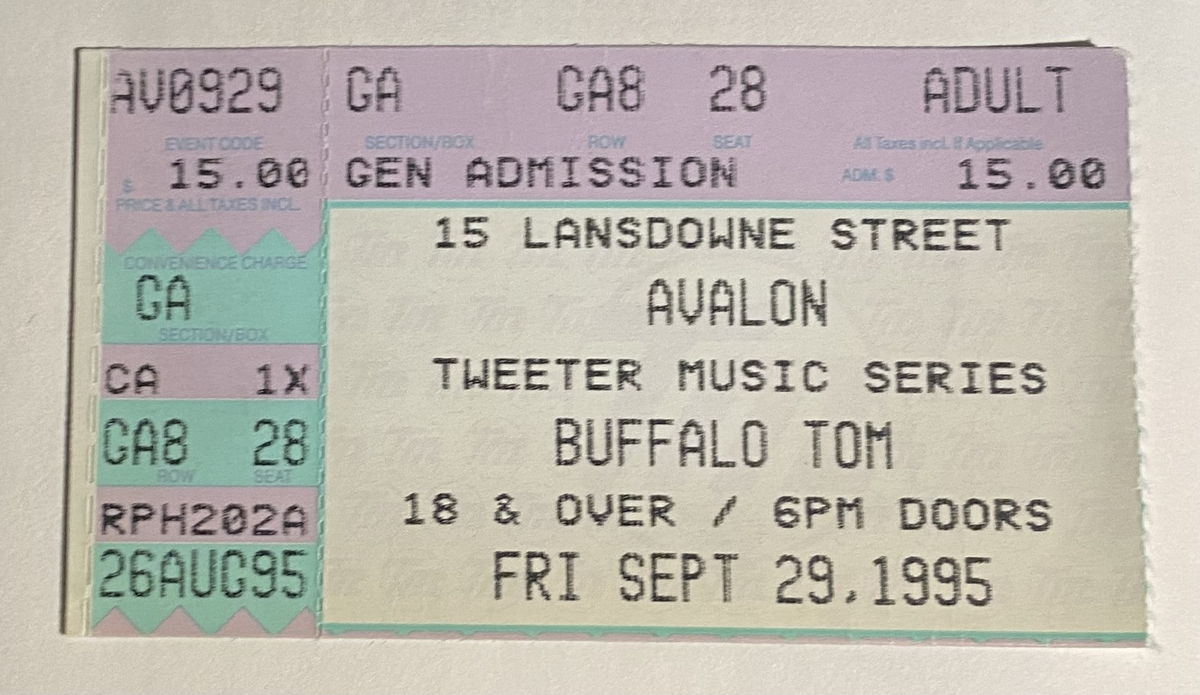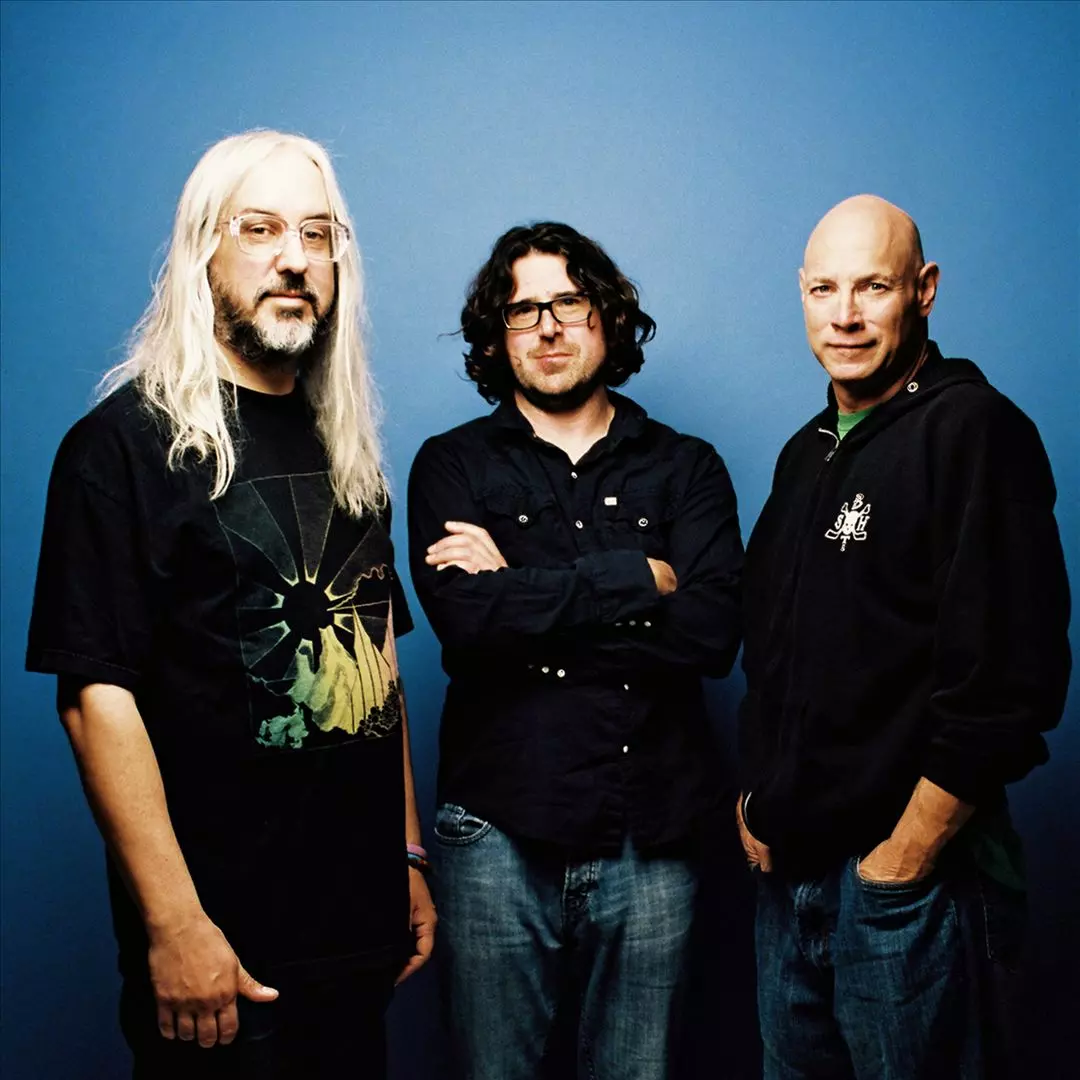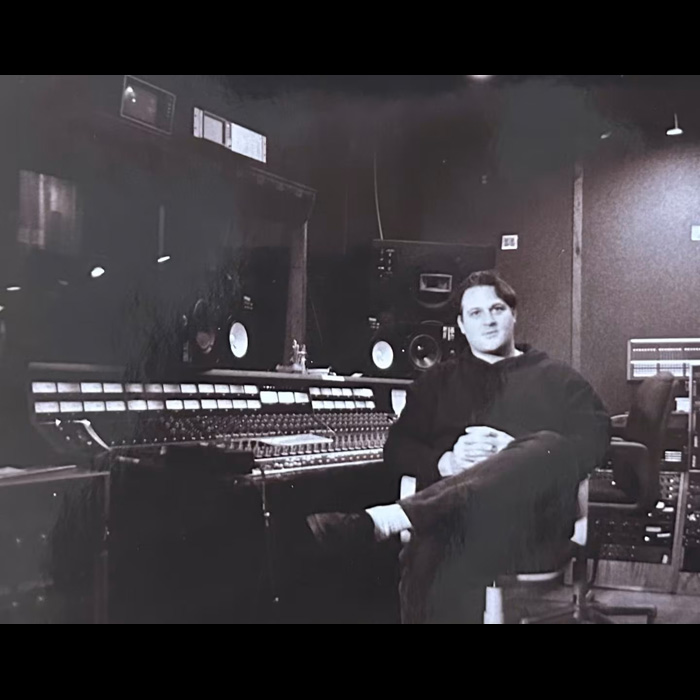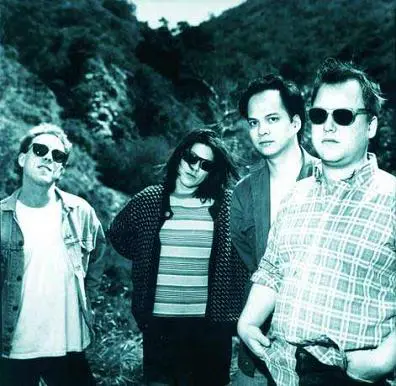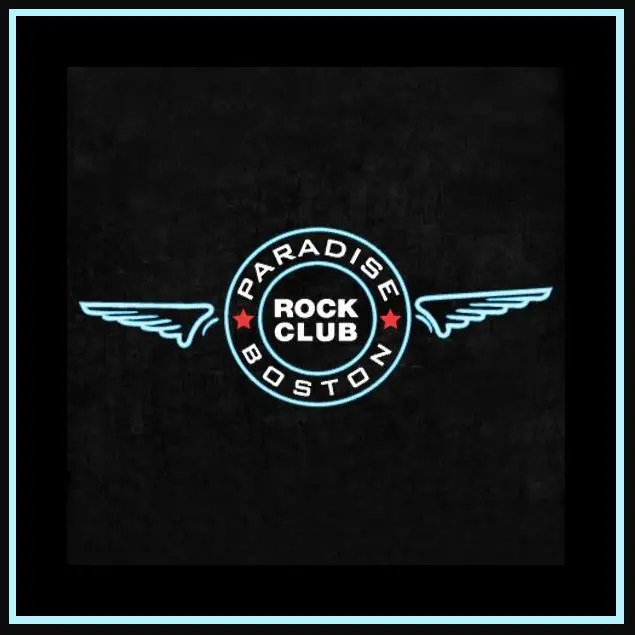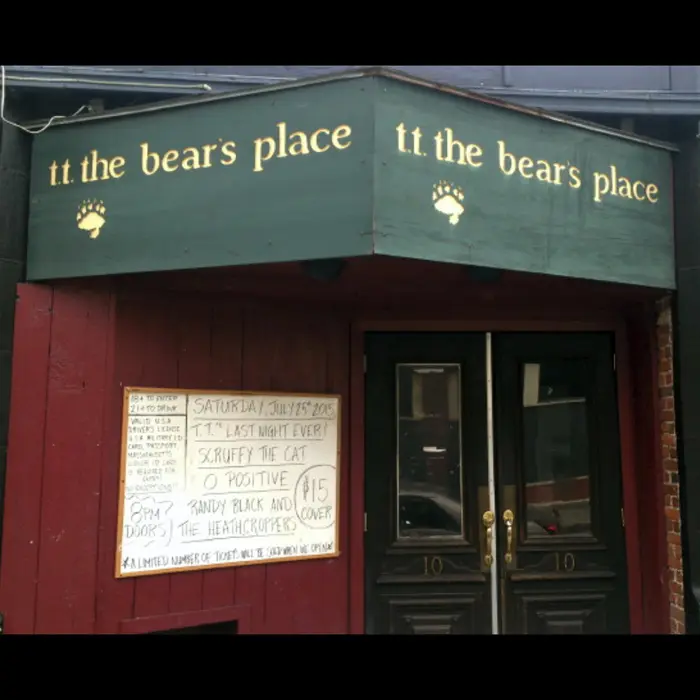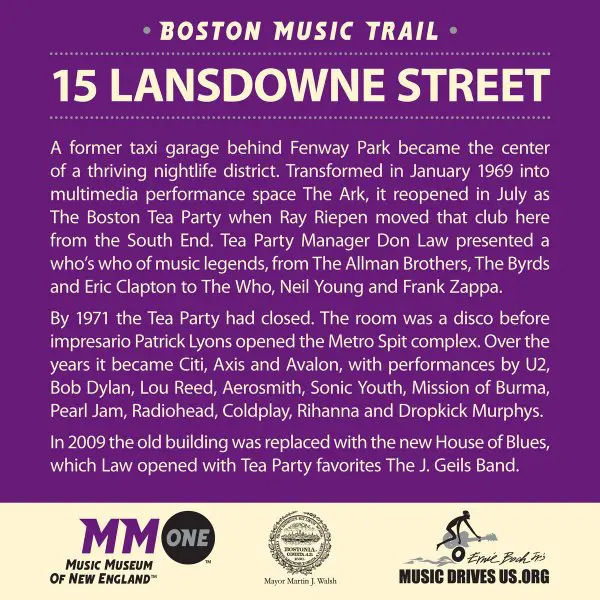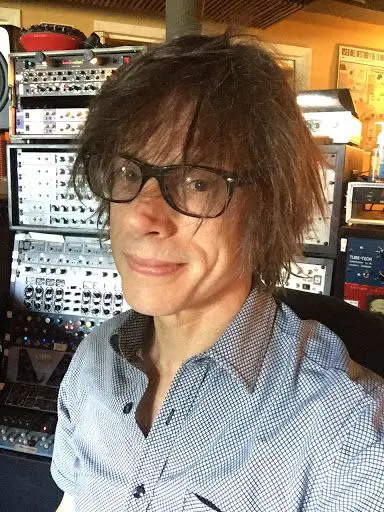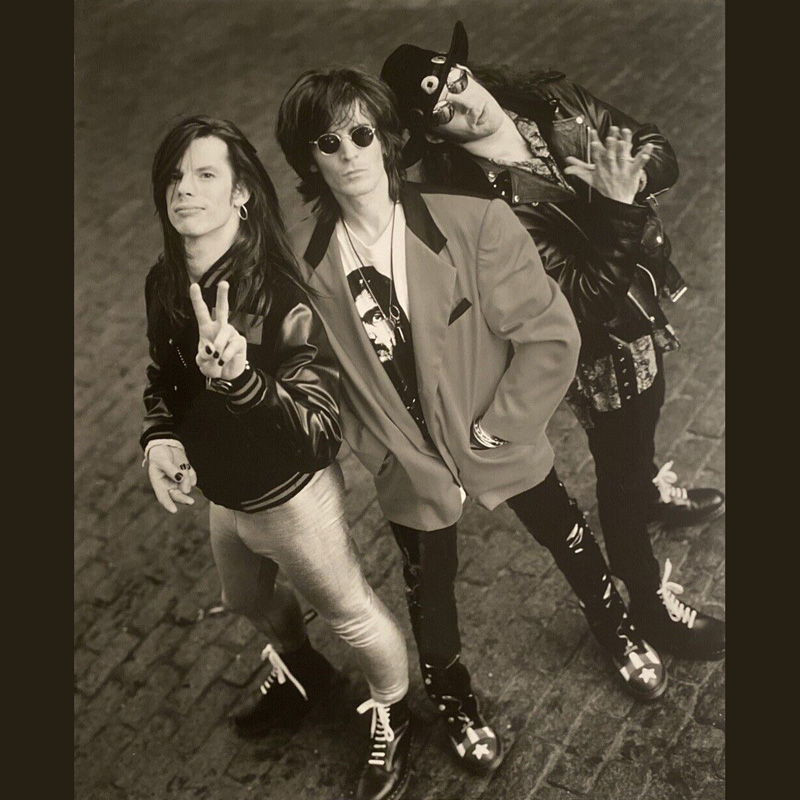Buffalo Tom
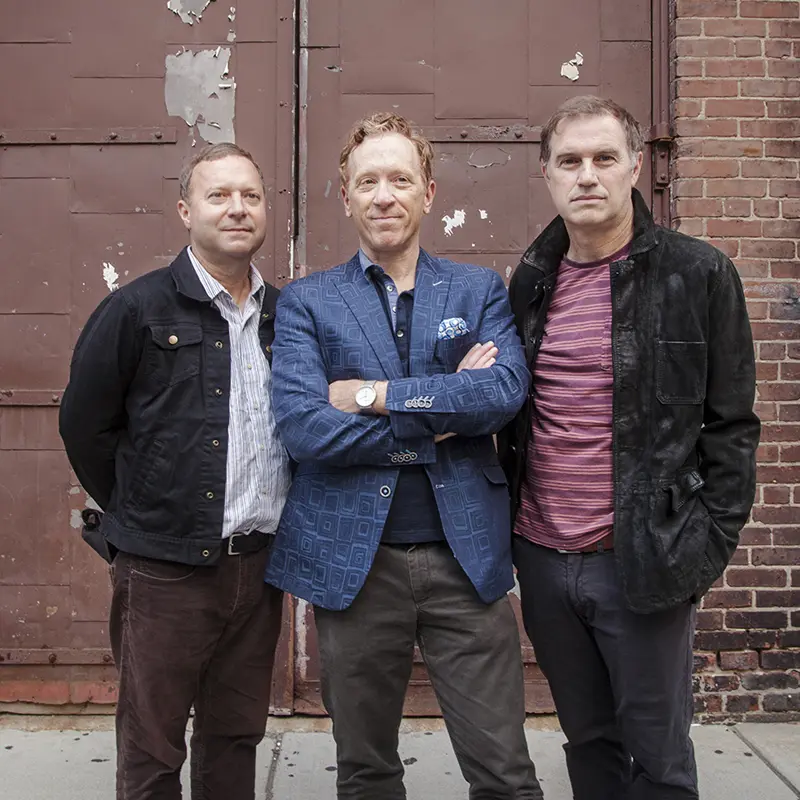
“We thought it was ridiculous, honestly.” That was Buffalo Tom guitarist Bill Janovitz’s reply when asked what the Boston-based trio thought about being classified as “alternative rock” shortly after forming in 1986. “We were asking, ‘It’s the alternative to what?’” he told Rob Duguay of the online music site Vanyaland in 2015. “There was all this other middle-of-the-road stuff called ‘alternative’ and it was just a marketing term because it became something for radio guys to plug into their specific format.”
In any event, such catch-all categories are the record industry’s way of keeping the pop-music machine’s gears well oiled, of course; if those gears grind on occasion due to a less-than-perfect description, so be it. And no matter how you label their sound, the three-headed creature known across the globe as Buffalo Tom became one of New England’s most notable riff-rippin’ exports in the early ‘90s and since then has established itself as the region’s premier purveyor of their whatever-you-wanna-call-it brand of rock.
Overview
With intelligent tunesmithing, a heart-on-sleeve sensibility and what has been described as a neo-psychedelic country bent, Buffalo Tom was the ever-clever counterpart to the more wit-challenged alt, indie and grunge acts of the late ‘80s and early ‘90s. The band gradually morphed into a standard rock outfit, but one that could consistently deliver both balls-to-the-wall barnstormers and beatific ballads with equal aplomb.
Initially, some labeled the group “Dinosaur Jr. junior” – frontman J Mascis of that band produced BT’s first two albums, and the groups’ roots and acoustical similarities are undeniable – but by the time their cut their third album, Let Me Come Over, the band had developed the multifaceted musical balance that’s been their calling card ever since. A review in The War Against Silence called Let Me Come Over “the magical middle point between furious distortion and calm grandeur,” which many would agree summarizes the bulk of their work over the past 30-odd years.
By the time BT’s highest-charting single cracked the top 10 (“Sodajerk,” 1993), they’d been together for seven years. After recording five albums in their first decade, the group seemed to be on the launchpad to significant stardom but that rock-‘n’-roll rocket never took off, perhaps because they’ve cut only five records in the past 25 years.
Formation, Name, Influences
BT formed in pre-grunge 1986 at the same place where Dinosaur Jr. formed in 1984 and Pixies’ cofounders Black Francis and Joey Santiago first met 1985: the University of Massachusetts at Amherst. And the band’s lineup is exactly the same today as it was then: guitarist/leader Janovitz, bassist Chris Colbourn and drummer Tom Maginnis. The group’s name comes from a combo of Buffalo Springfield, the enormously influential ‘60s band that included Neil Young and Stephen Stills, and Maginnis’ first name. So, nothin’ particularly “alternative” about that.
Unsurprisingly, Janovitz cites Buffalo Springfield as an outsized influence, though he says Neil Young had a bigger impact on him than any of the others in the group. “I might be the only guy in Buffalo Tom that likes Crosby, Stills & Nash,” he told Vanyaland’s Duguay in 2015. “But Neil Young is a giant influence on me as a songwriter and a guitar player.
“When I saw [Dinosaur Jr.’s] J Mascis do what he was doing with garaging up the stuff that I grew up with and making it into punk rock and new, exciting and different but still with one foot firmly placed in the past and obviously taking a lot of influence from Neil, it made so much sense to me.”
Debut Album, Birdbrain, Let Me Come Over
In 1989, BT recorded their eponymous 12-track debut at Fort Apache Studios in Roxbury. Mascis and the band are credited as producers and Mascis played lead guitar on one song, “Impossible.” SST Records and Beggar’s Banquet co-released it; Beggar’s Banquet issued all but one of BT’s releases, partnering with other labels at times.
Their sophomore effort, Birdbrain, dropped in November 1990, and the band had clearly developed. Critics were unanimous about how dramatically the songwriting had improved over such a brief inter-album period, AllMusic’s Mark Deming noting that “from the first notes of…Birdbrain, it was clear the band had done more than their share of growing up…The title cut leaps out of the gate with a tight snap that leaves anything on the first album in the dust.”
Next was Let Me Come Over, partially recorded at Fort Apache and released in 1992. The album demonstrated even further stylistic progression, as it was a rich gumbo of ass-kicking rock and painfully melancholic laments. A few tunes became college and alt-rock-station staples, such as “Taillights Fade.” As would be the case with most of their other LPs, critical praise was abundant but sales were modest compared to alt-rock darlings like Nirvana and Pearl Jam.
Big Red Letter Day, “Sodajerk”, No Alternative, School House Rocks!
For 1993’s Big Red Letter Day, BT polished its studio approach, resulting in a thoroughly radio-primed offering, and the single “Sodajerk,” went to #8 in Billboard ‘s Heatseekers Songs chart. It also saw some MTV rotation, helped land BT their first of several appearances on Late Night with Conan O’Brien and was in the soundtrack for the ABC television series My So Called Life. In 1993, the band contributed the song “For All To See” for the AIDS-benefit album No Alternative and “Lolly Lolly Lolly, Get Your Adverbs Here” to the CD School House Rocks! Rocks.
Sleepy Eyed, Smitten, Hiatus, Asides, Besides, The Paradise – Boston, MA
After touring throughout 1994, BT cut their fifth studio album, Sleepy Eyed – a return to the more limited production of Let Me Come Over – then followed in 1998 with Smitten before staying out of the studio for 10 years. While recording it, they worked closely with guitarist/keyboardist Tom Gorman of Belly since the new arrangements were more keyboard-based than before.
In 1999, Beggar’s Banquet issued the 18-track compilation Asides from Buffalo Tom, which included best-known songs, fan favorites and a cover of The Jam’s 1980 #1 UK hit “Going Underground.” In 2002, Beggar’s Banquet released another 18-track collection, Besides: A Collection of B-Sides and Rarities, and in April 2005 Instant Live released the 10-track disc The Paradise – Boston, MA – 1/10/05, recorded at the Paradise Rock Club several months before.
Three Easy Pieces, Skins, Quiet and Peace, Jump Rope
After a nine-year hiatus, BT reformed to appear at the South by Southwest Festival, following a summer tour of the US and their first studio outing in a decade, Three Easy Pieces, released in July 2007 on their newly founded label, Scrawny Records. The supporting tour took them across North America, the UK, Europe, Australia and New Zealand.
The band’s ninth album, Skins, came out in February 2011, released in LP, CD and deluxe double-CD formats as well as streaming platforms; the double-CD edition included a disc of demos that thrilled longtime fans. AllMusic’s Deming called the LP “a personal and introspective work” that “reflects a band of forty-somethings [and] deals with the stuff of grown-up lives.”
Following another multi-year break from the studio – during which they were quite active on road – BT began recording Quiet and Peace in 2016 at Woolly Mammoth Sound in Waltham. “They’re such an efficient band,” the studio’s owner, David Minehan (of The Neighborhoods) told the Boston Globe. “The songs have no fat, and their emotions are always at the ninth setting, with a little extra to go when needed.” The album dropped in March 2018 and includes a cover of Simon & Garfunkel’s “The Only Living Boy in New York” featuring Janovitz’s daughter. Their latest album is the 14-track Jump Rope, released in 2024.
Hot Stove Cool Music Fundraisers, Other Appearances
Though the band’s studio output has been minimal over the past quarter of a century, they’ve continued to perform regularly to packed houses in Boston and the surrounding area, including annual shows at the Paradise as part of the Hot Stove Cool Music fundraisers. Other notable venues BT’s played over years include The Channel, Avalon, the Boston Common and the Hatch Memorial Shell in Boston, T.T. the Bear’s Place and The Middle East in Cambridge and Lupo’s Heartbreak Hotel in Providence
Janovitz Books, Comments on Boston Scene
Outside of his on-stage and in-studio work, Janovitz is an acclaimed rock historian who has authored four books: The Rolling Stones’ Exile on Main Street (Continuum Books, 2005), Rocks Off: 50 Tracks That Tell the Story of the Rolling Stones (St. Martin’s & Griffin, 2013) and Leon Russell: The Master of Space and Time’s Journey Through Rock & Roll History (Little, Brown 2023) and The Cars: Let the Stories Be Told (Da Capo, 2025).
Asked in 2015 by Vanyaland’s Duguay for his comments on the amazing talent he’s seen in the Boston music scene over the years, Janovitz spoke about the importance of renewing the scene with younger generations. “I think it’s great, anything that renews itself, with kids picking up guitars, writing songs and getting some acclaim for it,” said the man who turned 57 in June 2023. “I think, especially with people like me, when we leave one age bracket into another one, you’re just never sure if it’s ever going to renew itself or music has just moved beyond it. I’ve got a daughter who’s 16 and she’s going out to see bands now!”
(by D.S. Monahan)

